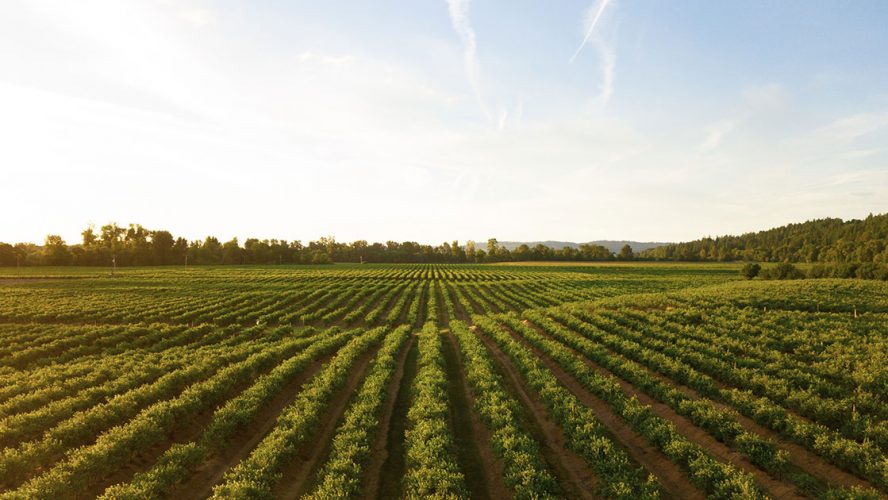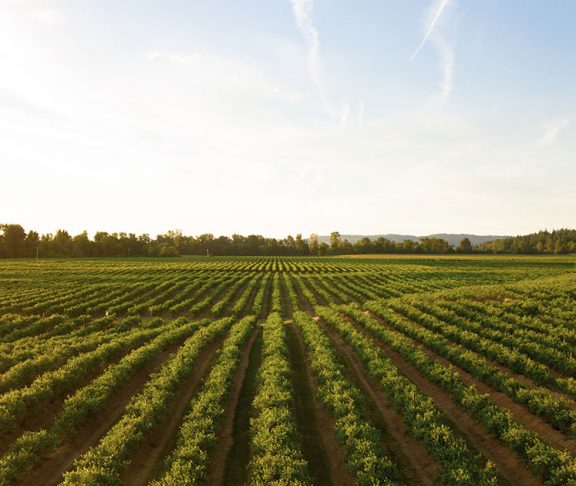Richard Soley, Executive Director of IIC, spoke with Mediaplanet about the successful, and sometimes surprising, ways that new technology is producing change and evolving the workplace.

Richard Soley
Executive Director, IIC
What industries are seeing the most significant transformation from IoT technologies?
I think we’re seeing the earliest and fastest transformation in manufacturing and production. Outside of manufacturing and production, the Industrial Internet Consortium (IIC) has projects in energy management, smart cities, smart buildings, clinical healthcare, agriculture and the like. But it’s manufacturing and production that get the lion’s share of the attention.
In what industry has IoT been a surprise success?
I have to say that agricultural applications, especially given the widely held opinion that farming is a low-tech industry, have been tremendously successful. “Precision agriculture,” as it’s called, is starting to have a profound effect on the industry, and rightly so. Higher yields with lower inputs (including chemical nutrients and weed/pest control) are increasing productivity marvelously in the agricultural world.
What are some of the human benefits of IoT technology?
Even IIC’s first testbed (called “Track and Trace”) had a lot to add to the world of worker safety in factories; our Workplace Safety testbed will extend those early successes. Besides safety, there’s increased productivity, and just having a better handle on what your industrial process is doing from moment to moment.
Where would you like to see further innovation in the IoT landscape? What is currently inhibiting that development?
We’re seeing a huge influx of artificial-intelligence technology into the IoT world, simply due to the massive influx of data represented by (for example) IIC’s Deep Learning testbed. Based on a Toshiba-owned building in Kawasaki, Japan, this 35,000-sensor system generates petabytes a week, and no human could possibly make any sense of so much data. But we’re showing the AI systems can. I think we have a long way to innovate in AI and especially in brownfield (retrofitting) Industrial IoT solutions.
Would you say that IoT has been universally successful, once correctly implemented?
I’m too careful to say that, and we fully expect a testbed or two to fail (that’s what we do testbeds: to find answers), but I will say that I haven’t seen a reasonable Industrial IoT project (once correctly implemented) fail. We’ll certainly hear about it if it does.
Is IoT closing the competitive gap between larger and small companies? Or is it widening the gap? And how?
That gap is due to too many factors, but I will say that Industrial IoT creates enormous new opportunities for small companies both in greenfield and brownfield settings. I don’t expect to see an end to innovative solutions anytime soon.

